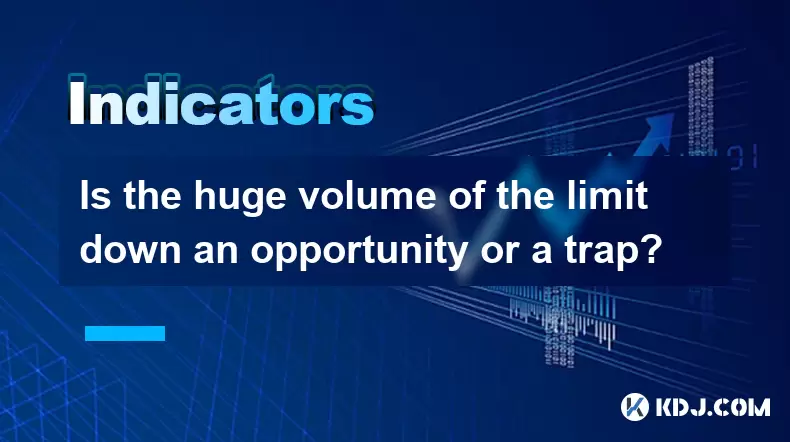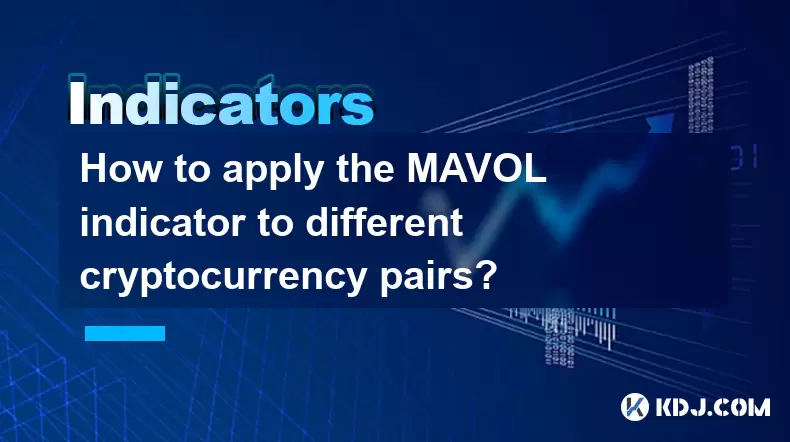-
 Bitcoin
Bitcoin $118400
0.47% -
 Ethereum
Ethereum $3836
2.20% -
 XRP
XRP $3.157
2.98% -
 Tether USDt
Tether USDt $0.9999
-0.03% -
 BNB
BNB $801.5
1.31% -
 Solana
Solana $180.9
2.07% -
 USDC
USDC $0.9999
-0.02% -
 Dogecoin
Dogecoin $0.2225
2.50% -
 TRON
TRON $0.3285
-1.02% -
 Cardano
Cardano $0.7789
2.60% -
 Hyperliquid
Hyperliquid $43.60
2.39% -
 Sui
Sui $3.892
4.41% -
 Stellar
Stellar $0.4229
3.34% -
 Chainlink
Chainlink $18.01
3.98% -
 Hedera
Hedera $0.2745
6.77% -
 Bitcoin Cash
Bitcoin Cash $582.3
3.38% -
 Avalanche
Avalanche $23.77
1.04% -
 Ethena USDe
Ethena USDe $1.001
0.01% -
 Toncoin
Toncoin $3.493
3.59% -
 Litecoin
Litecoin $110.0
2.48% -
 UNUS SED LEO
UNUS SED LEO $8.936
-0.37% -
 Shiba Inu
Shiba Inu $0.00001304
2.49% -
 Uniswap
Uniswap $9.999
1.09% -
 Polkadot
Polkadot $3.897
3.26% -
 Monero
Monero $308.6
-0.83% -
 Dai
Dai $0.9999
-0.01% -
 Bitget Token
Bitget Token $4.504
-0.04% -
 Pepe
Pepe $0.00001154
2.95% -
 Cronos
Cronos $0.1471
3.06% -
 Ethena
Ethena $0.6691
19.53%
Is the huge volume of the limit down an opportunity or a trap?
A limit down in crypto, marked by sharp price drops and high volume, can signal either a buying opportunity or a trap, depending on whether the sell-off reflects panic or strategic accumulation by large players.
Jun 21, 2025 at 09:56 am

Understanding the Significance of Limit Down in Cryptocurrency
In the cryptocurrency market, a limit down refers to a situation where the price of a digital asset drops sharply and reaches its lower price limit as defined by exchanges or regulatory mechanisms. This phenomenon is often triggered by extreme selling pressure, negative news, or panic-driven trading. When this occurs, it raises an important question: is the massive trading volume accompanying a limit down a sign of opportunity or a potential trap for investors?
Limit down scenarios are not uncommon in crypto due to the market's high volatility and speculative nature. Unlike traditional financial markets, which may have centralized circuit breakers, crypto exchanges implement their own rules regarding price limits and trading halts.
Analyzing Trading Volume During a Limit Down
A significant increase in trading volume during a limit down can indicate several things. First, it might suggest that large holders (commonly known as whales) are offloading their positions aggressively. Alternatively, it could mean that new traders are entering the market at lower prices, anticipating a rebound.
- High volume on the downside can signal capitulation, meaning long-term holders are giving up and selling despite losses.
- It may also reflect automated trading bots reacting to rapid price declines, exacerbating downward momentum.
- Volume surges during a limit down often precede either a strong reversal or continued bearish trend, depending on broader market sentiment.
To determine whether this presents an opportunity or a trap, traders must evaluate additional technical indicators such as order book depth, candlestick patterns, and macroeconomic conditions affecting the crypto space.
Technical Indicators That Matter
Traders should closely monitor certain tools when assessing a limit down event. These include:
- Relative Strength Index (RSI): If RSI dips below 30, the asset may be oversold, suggesting a possible bounce.
- Order Book Analysis: A deep bid wall indicates support levels forming, potentially signaling accumulation.
- On-Balance Volume (OBV): Rising OBV during a downtrend suggests smart money buying the dip.
These tools help differentiate between a healthy correction and a deeper structural breakdown in price action.
Differentiating Between Accumulation and Distribution
One of the most critical aspects of analyzing a limit down with high volume is understanding whether the activity represents institutional accumulation or retail panic distribution.
- Whale movement can be tracked via blockchain analytics platforms, offering insights into who is buying or selling.
- Exchange inflows and outflows can reveal whether coins are being moved to wallets or held, indicating investor confidence.
- Market depth charts show real-time liquidity absorption, helping gauge whether large orders are being absorbed or creating cascading sell-offs.
If the volume is driven by large entities accumulating at lower prices, it could signal a bottoming process. However, if the volume reflects mass liquidations and panic selling, the downtrend may persist.
Historical Patterns and Behavioral Insights
Looking at past instances of major cryptocurrencies like Bitcoin and Ethereum can provide valuable context. For example, during the 2020 crash, Bitcoin experienced sharp limit-down-like behavior but was followed by a strong recovery fueled by institutional interest. Similarly, altcoins like ETH and LTC saw increased volume during crashes, only to rebound significantly afterward.
- Historical data shows that limit downs preceded by bullish fundamentals often lead to rebounds, especially after halving events or positive protocol upgrades.
- Conversely, limit downs following overleveraged bull runs typically result in prolonged bear markets, trapping buyers who enter too early.
This historical perspective helps investors distinguish between temporary market shocks and structural weaknesses in a project or asset.
Frequently Asked Questions
What does a limit down tell us about market sentiment?
A limit down usually signals heightened fear and uncertainty among traders. It reflects aggressive selling pressure, often amplified by leveraged positions being liquidated. However, it doesn’t necessarily mean the asset has lost intrinsic value—it may simply indicate short-term panic.
Can limit down events be predicted using technical analysis?
While precise prediction is difficult, certain warning signs like rising volume without corresponding price increases, bearish divergence on oscillators, and breakdowns from key support levels can serve as early alerts of a potential limit down scenario.
Should I buy during a limit down with high volume?
Buying during a limit down is highly situational. If you've done thorough research and believe the drop is unjustified, and if technical indicators point toward oversold conditions, it might be a strategic entry. However, doing so without analysis can expose you to further downside risk.
How do exchanges handle limit down situations?
Different exchanges have varying mechanisms. Some temporarily halt trading to prevent cascading losses, while others allow free trading even during steep declines. Traders should understand each platform’s policies, including how they manage futures contracts, margin calls, and liquidation engines during volatile periods.
Disclaimer:info@kdj.com
The information provided is not trading advice. kdj.com does not assume any responsibility for any investments made based on the information provided in this article. Cryptocurrencies are highly volatile and it is highly recommended that you invest with caution after thorough research!
If you believe that the content used on this website infringes your copyright, please contact us immediately (info@kdj.com) and we will delete it promptly.
- SEC, Crypto, and On-Chain: Navigating the Regulatory Maze
- 2025-08-01 02:31:40
- Bitcoin Bullish Market: How Long Positions are Boosting the Crypto King
- 2025-08-01 02:35:33
- Visa, Stellar, and Stablecoins: A New York Minute on the Future of Finance
- 2025-08-01 01:50:50
- BCH, FET, BlockDAG: Decoding the Crypto Buzz
- 2025-08-01 01:16:37
- Conflux Token, Crypto Simplicity, and WeWake Finance: A New Era?
- 2025-08-01 01:50:50
- Dogecoin, Remittix, and Analyst Targets: Navigating the Crypto Landscape
- 2025-08-01 01:55:40
Related knowledge

What does it signify when the MACD crosses below the zero line?
Aug 01,2025 at 01:43am
Understanding the MACD IndicatorThe Moving Average Convergence Divergence (MACD) is one of the most widely used technical analysis tools in the crypto...

How does the MACD histogram show momentum?
Aug 01,2025 at 01:16am
Understanding the MACD Histogram and Its Role in Cryptocurrency TradingThe MACD histogram is a visual representation of the difference between the MAC...

What is a MACD crossover?
Jul 31,2025 at 11:52pm
Understanding the Role of Private Keys in Cryptocurrency SecurityIn the world of cryptocurrency, private keys are the cornerstone of ownership and con...

How can you use the MACD histogram to determine trend strength?
Jul 31,2025 at 11:10pm
Understanding the MACD Histogram and Its ComponentsThe MACD (Moving Average Convergence Divergence) histogram is a visual representation of the differ...

What is the impact of different moving average types (SMA vs. EMA) on the MAVOL indicator?
Aug 01,2025 at 02:31am
Understanding the MAVOL Indicator in Cryptocurrency AnalysisThe MAVOL (Moving Average Volume) indicator is a technical analysis tool used in the crypt...

How to apply the MAVOL indicator to different cryptocurrency pairs?
Aug 01,2025 at 12:43am
Understanding the MAVOL Indicator in Cryptocurrency TradingThe MAVOL indicator, short for Moving Average Volume, is a technical analysis tool that app...

What does it signify when the MACD crosses below the zero line?
Aug 01,2025 at 01:43am
Understanding the MACD IndicatorThe Moving Average Convergence Divergence (MACD) is one of the most widely used technical analysis tools in the crypto...

How does the MACD histogram show momentum?
Aug 01,2025 at 01:16am
Understanding the MACD Histogram and Its Role in Cryptocurrency TradingThe MACD histogram is a visual representation of the difference between the MAC...

What is a MACD crossover?
Jul 31,2025 at 11:52pm
Understanding the Role of Private Keys in Cryptocurrency SecurityIn the world of cryptocurrency, private keys are the cornerstone of ownership and con...

How can you use the MACD histogram to determine trend strength?
Jul 31,2025 at 11:10pm
Understanding the MACD Histogram and Its ComponentsThe MACD (Moving Average Convergence Divergence) histogram is a visual representation of the differ...

What is the impact of different moving average types (SMA vs. EMA) on the MAVOL indicator?
Aug 01,2025 at 02:31am
Understanding the MAVOL Indicator in Cryptocurrency AnalysisThe MAVOL (Moving Average Volume) indicator is a technical analysis tool used in the crypt...

How to apply the MAVOL indicator to different cryptocurrency pairs?
Aug 01,2025 at 12:43am
Understanding the MAVOL Indicator in Cryptocurrency TradingThe MAVOL indicator, short for Moving Average Volume, is a technical analysis tool that app...
See all articles

























































































